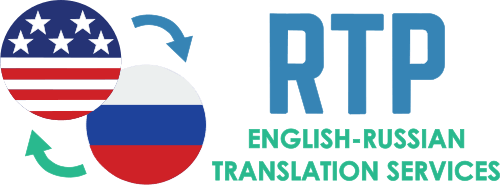In one of my previous posts, you learned how to make an awesome resume for a freelance translator. However, there are still some things to consider if you want to make a perfect first impression.
Unfortunately, many freelancers forget or just don’t know what things shall NOT be included into a resume.
It’s sad but true – email accounts of your potential direct clients and agency recruiters are stuffed with variegated and absolutely non-informative resumes that merely help their authors to get any job.
Well, as you already guessed, today we will talk about common mistakes that can ruin your resume and how to avoid it.
[Tweet “Do you want to optimize your resume? Go and grab your checklist to improve it!”]
Design
If you tried different search phrases to find some good resume templates, you might have seen many cool templates developed by professional designers.
Well, such templates work for designers only, as they have to show their creativity first. Our task is to represent your professionalism in the area of translation.
Therefore, it would be better to use plain design principles and not to over-egg the pudding with irrelevant graphic elements. You’d better use simple yet stylish templates.
Resume templates
You should definitely use templates as they can save your time since you don’t need to develop everything from scratch. Templates, as a rule, include many useful sections.
However, if you downloaded a template from an online resource, don’t forget to delete irrelevant parts, “lorem ipsum” text and other redundant data.
By the way, you can download free beautiful resume template for freelance translators from my previous post.
Colors and fonts
Never use extremely bright colors and artsy-craftsy fonts. Bright colors are irritating while your unusual font is probably not supported by some platforms. The users will see illegible symbols instead or your resume text.
Being passionate blog readers (as you are, my friends), you might have noticed that top websites use plain and clear fonts in combination with thoroughly selected color patterns, creating visually pleasing overall picture and improving text comprehension.
Why don’t you take the best out of it and use dark gray color for your resume text with such fonts as Arial, Helvetica, Open Sans or similar? If you still want to bring any part of your resume into focus, use bold and/or italic text.
Personal data
Freelance translator’s resume shall underline professional experience and skills, therefore, you should omit all irrelevant personal details like your date of birth, marital status, the number of family members and pets, etc. Full name and contract details are enough.
Goals
Do not include vague goals. Frankly speaking, I would recommend not to include any goals into you resume at all, as you may broadly explain them in a cover letter. I will talk about a cover letter in a separate blog post.
However, if you want to include your goal anyway, make it more distinct. Don’t use general phrases like “gain translation experience” or “apply linguistic skills”.
Resources
Do not include the list of your dictionaries, reference materials and documents. You may describe them in your cover letter depending on specific project requirements.
Software and Hardware
Do not include you PC parameters and the list of standard software, such as MS Office. It is anticipated that being a modern specialist you have relevant computer skills and know how to work with commonly accepted computer software.
Nevertheless, you should include the list of specialized software or provide details about your operating system if you work on Mac or use Linux.
File formats
Never use non-standard file formats for your resume. It is very likely that a person who receives your resume does not have the required software to open it.
As I wrote in my previous article, it is better to use PDF as almost everybody has PDF software on PC, moreover, PDF can be viewed in all modern browsers.
Rates
Do not include your rate in a resume. Of course, it is important to provide information about you rates, but it is better to put it into the cover letter or in the email message.
You may want to change the rates depending on the project and client. Thus, it is irrational to change rates in your resume every time for each new project.
Abbreviations
Don’t use industry-specific abbreviations in your resume. I know that such abbreviation as CATs and TM are common for the translation industry. But imagine that you have to send your resume to a potential client who knows nothing about modern translation technologies.
One possible option is to create two different resume types for translation agencies and direct clients. If you still want to use abbreviations, do not forget to provide their expansion.
Finally, never make a mountain out of a molehill. Be fair when describing your skills and knowledge. This will help you to develop a reputation of an honest and professional freelance translator.

